Eight of the World Heritage Sites in Sri Lanka
Just ask someone to ask a question: What is the similarity between the Dambulla cave temple, the Great Pyramid of Giza and the great barrier in Australia?
When asked this, many people think that they are preparing to make a bad joke. Because most of us think that a cave temple in our country can not be compared with the pyramids of Giza. However, the pyramid of the Giza as well as the temple of Dambulla cave also belong to the UNESCO World Heritage Sites. Both can be seen on the UNESCO World Heritage List in a way.
It is unbelievably high that the number of natural and man-made places around the country is as high as 62,720 square kilometers of land space. In the meantime, a large number of heritages have been found such as the works of the emperor’s regime, ancient cities and stones and caves built inside caves. Of these, eight are of the utmost importance to the world, and are listed in the UNESCO World Heritage List. It is the fact that the city of Athens is surrounded by Acropolis, the Great Wall, and world famous legacies.
A World Heritage Site in the country does not mean that it is given to you and will be given to busy tourists. Many of these have fallen into the sun for centuries and have been dilapidated. Therefore, I have had to do a lot of work to care for the past, to the contemplation of the past. For example, the Abhayagiri Stupa opened in July last year was renovated and renovated. To rebuild this stupa, we had to work for the Central Cultural fund of our country for about 15 years, under the assistance of UNESCO. Part of this project will be restored to other cultural sites of the Cultural Triangle in Sri Lanka. These are the Jethawana Stupa.
World Heritage Sites are internationally safe places, but there is a problem that our world heritage sites do not care about. The best example happened last month. UNESCO Director General Irina Bokova, who recently visited Sri Lanka, had warned that the cave temple in Dambulla should be removed from the list of world heritage. Defend Sri Lanka as a World Heritage Site Dambulla Cave Temple. An international draft (conserving the World Cultural and Natural Heritage Convention of the World Conservation Union) is mandatory and the maintenance of the dwelling facilities is not correct. Also, due to the unsuitable buildings built around it, She pointed out.
Recent facts from Sri Lanka’s most famous World Heritage site Sigiriya is on the list of UNESCO World Heritage Sites since 1982, as well. Significantly, travelers are not manipulated and Sigiriya is badly damaged by things that can easily be prevented as the negligence of responsible officials.
A country with a World Heritage Site is proud, but it has several responsibilities. To name a few, it is necessary to protect, protect and properly maintain these places. All this is the responsibility of the country where the inheritance is located. According to Mrs. Irina Bokova, the government of Sri Lanka is the one who is responsible for it, or if the country is the country. The Government of Sri Lanka should take full responsibility for maintaining all the national heritage in our country and maintaining their historical value.
The concept of a World Heritage Site is of utmost importance, but its main reason is that it protects the world without inheriting national, political boundaries. In what country, the UNESCO World Heritage Site is in the right way, but it has the whole world. Similarly, we thought about discussing the eight World Heritage sites in this country. This is the date of the World Heritage Day.
Eight of the World Heritage Sites in Sri Lanka

Sigiriya Historical Town (1982)
According to our history, King Kashyapa seized the kingship that belonged to his brother and branded his father alive as a cruel, stupid ruler. But the Sigiriya Kingdom, which he built for his own protection, is considered a great heroism of world architecture, and is recognized throughout the world. Sigiriya has always been famous since it was impossible to invade any enemy. It was a kingdom built in the sky.
It’s easy to understand why the Sigiriya Kingdom had the top priority since the UNESCO World Heritage List was published. The 660 feet above the rock face of a black stone, and the ruins of the city that is under the Sigiriya rock, allows us to get to know the skill and creativity of our craftsmen in the past. Significantly, Sigiriya is famous for its unique designs: the smooth, painted brick wall, the world famous frescoes, and the still-functioning water systems, the vast lions of the heart that pave the way to the Sigiriya hill, all of which make Sigiriya unique and its historical and cultural heritage.
There are suspicion about recent developments in Sigiriya, even though such a valuable resource is so valuable. For example, news stories often block the world’s famous frescoes. Although frescoes have been preserved for over 1000 years, tourists can not be properly handled and even the carelessness of the officials can be perishable within a very short period of time. Sigiriya, one of the most important World Heritage sites in Sigiriya, has been protected from the sun for thousands of years, but due to the deficiencies of security officers, it would be a shame to us to be ashamed.

Anuradhapura Historical Town (1982)
Like the Sri Maha Bodhi, Ruwanweliya and the immense Jethawanarama Stupa, the historical city of Anuradhapura, which has historical, ancient and sacred value, is the most visited place for both foreign and local tourists. Today we look at Anuradhapura as the historical capital of Sri Lanka, like the heart of the most ancient kingdom in Sri Lanka. Most of the cultural events in our country, including the introduction of Buddhism, the introduction of Buddhism, and the planting of the Sri Maha Bodhi were in Anuradhapura centers. The ancient glory of the kingdom of Anuradhapura, which ruled over 100 queen beings, who have come to be known as Vehera Vihara, beautiful water gardens and wars and aggressions as well as many peaceful milestones, can be understood even now. The huge Jethawanarama Stupa in Anuradhapura is considered to be the second largest human being exceptional only to the Great Pyramid of Giza. Similarly, the sacred Sri Maha Bodhi tree is the oldest known tree that has been planted by a man.
The kingdom of Anuradhapura has become the first capital of Sri Lanka since 2000 years ago. The kingdom of Anuradhapura which was started during the reign of King Pandukabhaya in the 4th century BC was over a thousand years old (1000 years old) as Sri Lanka’s main administrative city. The kingdom of Anuradhapura which was the political, religious and livelihood of the country was abandoned due to the destruction of the invaders and later transferred to Polonnaruwa. Until the discovery in the most recent times, all these original buildings including all these original buildings were covered with jungle and ruined as ruins.
As a beautiful place to see a number of Dagobas, Mandira, Vehera temples and tanks that have been renovated now, it is possible to see that the ancient city of Anuradhapura has been somewhat reconstructed. The ancient city of Anuradhapura, which lives in the whole world, has been allocated from the UNESCO World Heritage list since 1982.
Polonnaruwa The Historical City (1982)
If you want to get to know the history of our country, it is best to visit Polonnaruwa.
The Polonnaruwa which became the second capital of the land of Sri Lanka is second only to the Anuradhapura kingdom. However, the kingdom of Anuradhapura has been preserved for more than 1000 years. The kingdom of Polonnaruwa had to be abandoned within a span of about three centuries due to a colossal invasion. But for the first time, the kingdom of Polonnaruwa was a golden era because of King Parakramabahu I and his nephew Nissanka Malla. (Though Nissankamalla ruled our country economically bankrupt, he was instrumental with the government during his reign)
Like the great irrigation systems, Parakrama Samudraya, such as Grand Lake Tank, Gal Viharaya and the Uyan Town, some of the world’s most prominent architects came into being in the Polonnaruwa period. Also, Polonnaruwa invaded and sabotaged the construction of Brahmi built by the controlling Chola rulers, even in Polonnaruwa.
Sinharaja Forest Reserve (1988)
Sinharaja Forest is one of the leading natural places of historical heritage of Sri Lanka and is regarded as the only ancient tropical evergreen rainforest, which has never been affected by human activities.
The Sinharaja Rain Forest is a biosphere reserve declared by the MAB project and the only UNESCO World Heritage Site to be recognized locally as well as internationally. In the 1970s, the cutting of trees was banned in the Sinharaja forest. In addition, the IUCN International Biological Program (IUCN) has become a tremendous forest cover to cover all plant and animal divisions within the 2,500 acre (2,500 acre) area of the Sinharaja Forest Reserve.
Sinharaja Rainforests, which grow indigenous to arable lands, are the largest biodiversity in the world with many water bodies, inland water bodies and many streams of water. In this region, there are many species of gardens grown in the area that are protected from the past: species of untamed vines, orchids, bird species, rare species of snakes, endemic insects, Various amphibian species and species of fish live in water reservoirs can be seen in Sinharaja. Because of our very high percentage of these species of animals and plants, the Sinharaja Forest is an invaluable resource. For example, 18 of the 20 endemic bird species that are endemic in Sri Lanka are seen in Sinharaja and 60% of the Sinharaja’s trees are endemic to our country.
After many years of tests, many species that are not found yet can be found through the Sinharaja on several occasions. Recently a new species of snake was found in the upper part of the Sinharaja Forest. They were named “Sinharaja tree snake” which means “Sinharaja tree serpent”.
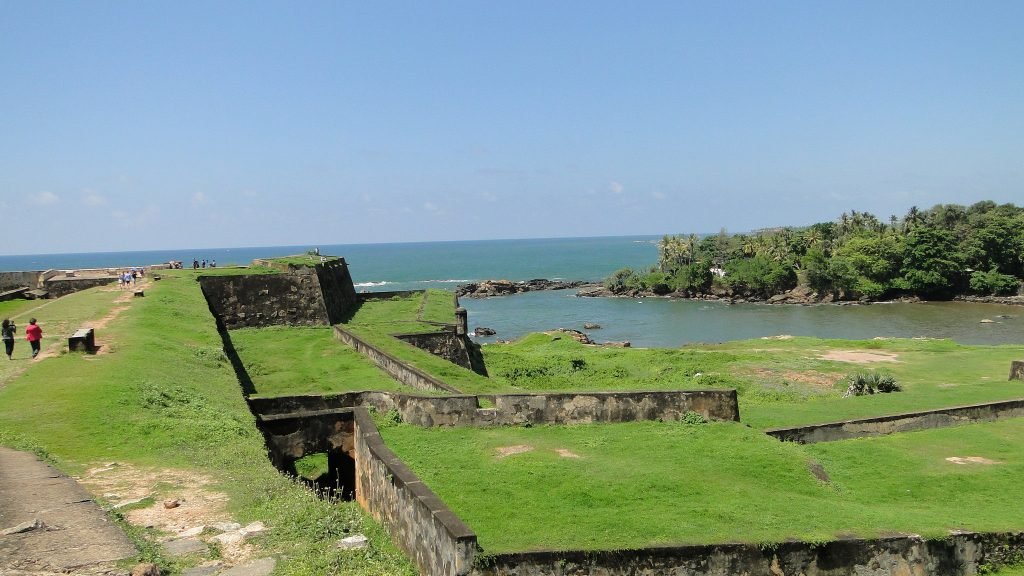
Old Galle Town and Galle Fort (1988)
Most people remember a good place to rest on the seashore. But Galle is most famous because of the giant Galle Fort rather than the beaches. The Galle fort and the fort of Galle are located in a UNESCO World Heritage Site, as well as a unique place for its historical and historical value.
Although the Portuguese were the first to build the dam structure in Galle, it was built during the Dutch rule. This tower was built to provide security to the archivist who was the main harbor in the 18th century when they controlled our coastal areas. Formerly, the majestic fortified city that was built inside the Galle fort was not seen today, but today the fortress with a dark black colored wall, an ancient lighthouse, roving stone roads, a clock tower and the ancient architectural buildings of the day still remained under the emperors’ control Like images.
According to the UNESCO, “the currently one of the most incompatible” fortifications cities in Europe that have been built by Europeans in South or Southeast Asia, an extraordinary combination of European architectural designs and the South Asian traditions. Galle fort is preserved for many centuries due to sunburns, rain, and rain. The Galle Fort which was designed to protect the Galle Gate from artillery attacks that were previously unauthorized by the sea, did not cause much damage to the 2004 tsunami. Even the damaged areas were quickly repaired.
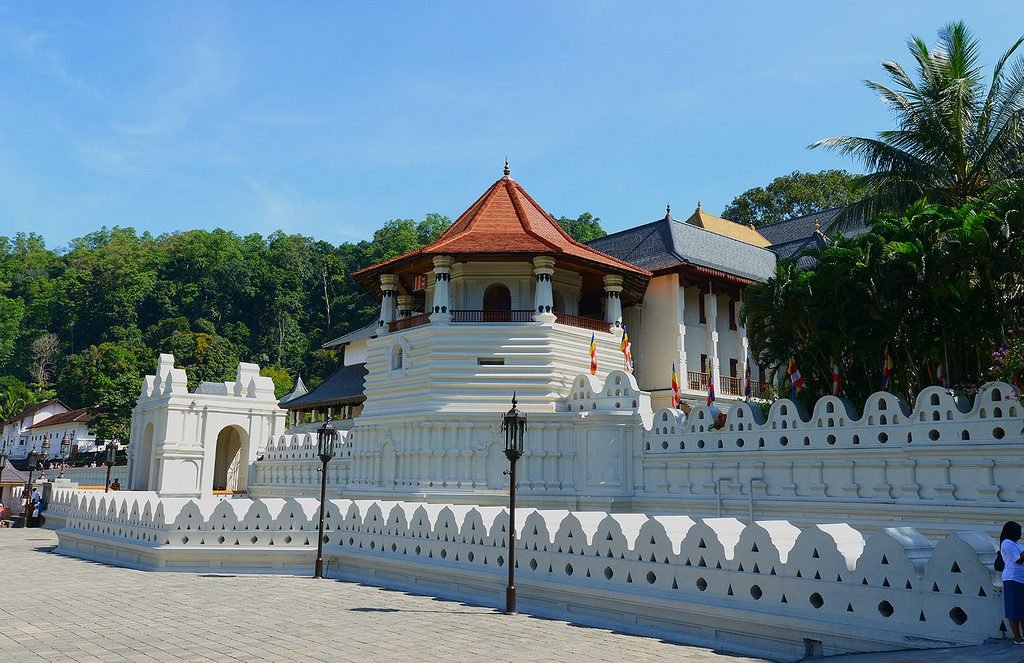
Kandy Shrine Town (1988)
An ancient kingdom of Sri Lanka was named as a World Heritage site in 1988 for the third consecutive year. With the overthrow of the European imperial rulers for over 300 years, the collapse of the British King Sri Wickrama Rajasinha in 1815 was the last kingdom of our country, Kandy.
The ancient temple of Kandy is more important than all the other landscapes, including beautiful mountains, valleys and fertile lands in the Kandy area. The sacred Tooth Relic the Lord Buddha has placed in Sri Dalada Maligawa around the world. It is also a collection of architectural, cultural and archeological features of the Kandy Art Gallery. Among them, the first King Wimala Dharmasuriya’s palace and the famous Magul Sutra of Kandy are important places. It was in 1815 when the rulers of the past gathered together to make important decisions about the Kingdom in the past.
Udarata, Maha Nuwara and Senkadagala, which is known as the Kandyan region, is also called “Kanda”. This is due to the pronunciation of the word “Kanda”. There is a clear difference in the Kandy Kingdom over the Anuradhapura and Polonnaruwa kingdoms. The architecture of the Kandy area and the architectural features received from imperialists are also visible in many places.
Rangiri Dambulu Rajamaha Viharaya (1991)
To get an important place in the history of Sri Lanka, the Dambulla Rock Temple is more than 2,200 years old. The Rangiri Dambulla Viharaya, a place of good evidence for the history of our land, was declared as a UNESCO World Heritage site.
Dambulla Rock Temple Buddhist pilgrimages are known for being a sacred area for many centuries. The cave system of this temple is by far the largest and most well-preserved temple complex in Sri Lanka. There are five caves filled with murals, murals, fine stone statues and caves. It is best to see the history of Sri Lanka. This Rangiri Dambulla Cave Viharaya attracts thousands of tourists.
In addition to religious value, the area has a strong connection to the ancient Sri Lankan politics. In the first century, the Chola invasion saved the king King Valagamba who had escaped from the Chola caves and used to hide in these caves. After 15 years of his reign, the first task is to make these caves a precious cave temple. History shows that several kings who ruled the country after King Walagamba developed the cave temple to the present. At present, 157 Buddha statues and 2100 square meters (22,600 square feet) of the Rangiri Dambulu Maha Viharaya are Buddhist murals.
Even though it is a world heritage that is so religious and culturally important, it is a matter of concern that the Rangiri Dambulu Len Viharaya can be removed from the UNESCO World Heritage List. The main reason for this is that maintenance work has not been carried out properly and the ruins of the cave temple are being destroyed. We hope that the monumental response of the Sri Lankan government will soon be changed to protect the cave temple so that it can be seen by future generations.
Central Highlands of Sri Lanka (2010)
The most recently known UNESCO World Heritage Site in Sri Lanka is the central hills area. This site, declared as a World Heritage Site in 2010, is a collection of Horton Plains, Knuckles Forest Reserve and mountain forest reserve. This area has been named as Australia’s Big Barrier Reef as an important living area.
If you too have been wandering through the valleys of the Horton Valley and had gone to the secret paths of the Knuckles Mountain Range, you might not have wondered why it was a UNESCO World Heritage Site. The Central Hills of Sri Lanka is a blend of natural treasures, no fault. The valleys and valleys, which are beyond the reach of their eyes, are endemic to the region, which is endowed with endemic trees and animals that can not be believed to be an area of high biodiversity.
As well as the endemic animals in our country, the Sri Lanka leopard, the endemic endemic species of the Horton Plain, the endemic endemic species, the Dhammapan Lingur Monkeys, and many more endemic fauna species are endangered. Also, here we see our country and perhaps only its endemic fauna.
But, sadly, it is one of the other World Heritage Areas in Sri Lanka’s central hills where there are serious issues. In some areas, especially the Knuckles Mountain Range, fires are often heard during the dry season. In the last month, a forest fire caused hundreds of acres of land in Knuckles to be burned. In addition to the harm caused to trees, the animals living in the area can also be seriously damaged. Because of this, the dense jungle area of this area is the highest in the world’s biodiversity. Perhaps the area’s endangered species of animals and animals are almost extinct.
The cause of this forest fire is caused by the fact that it is a natural one, but it may even begin to fire because of a man’s fire. Also, the reason why it was impossible to prevent the spread of the fire was also a problem. Perhaps more careful consideration would have been given to minimizing the damage done.
We are so fortunate enough to own eight Eight World Heritage Sites, but to be proud of it, we have to work more and more. A World Heritage Site seems to be mostly limited to a word today. It is questionable whether the understanding of the responsibility behind that is the propagation of large letters that are called “World Heritage” wherever to attract tourists. We need to understand that the UNESCO World Heritage List is protected by preserving that place with a legal and moral responsibility.
This is not to say that responsible persons are not doing this. We also recognize that the Central Cultural Fund as well as other responsible institutions work harder and harder to protect ourselves. For many years, these places have been left to these levels, because they work hard and maintain our heritage, day and night. But it is obvious that we have to work harder to protect our heritage with the statement of the Director of UNESCO. This is where Sri Lanka can safeguard the status of a World Heritage Site.
There are no places in Sri Lanka to be destroyed or replaced. Only the one thing we can do is to take care of not allowing ourselves to go to hell. Therefore, you are going to be interested in reading this article to make every effort to protect our World Heritage. Or otherwise, today we will not be able to prevent many things from happening to future generations.
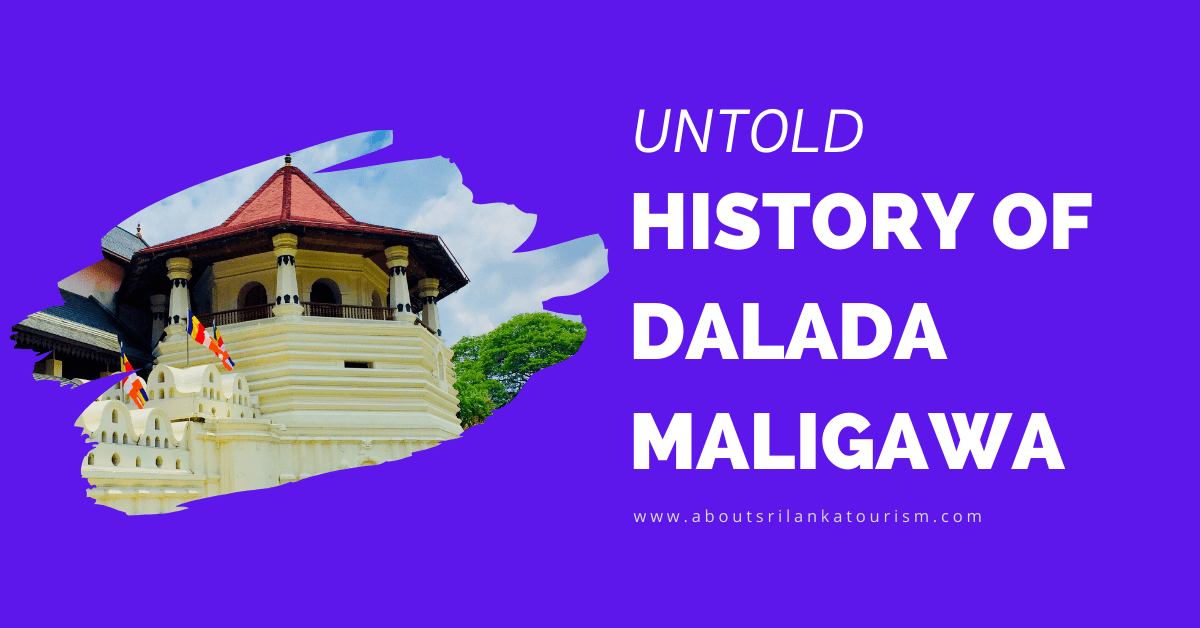



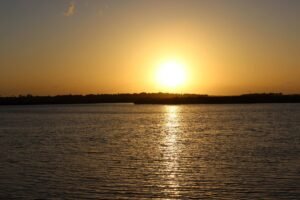



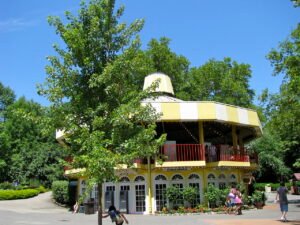

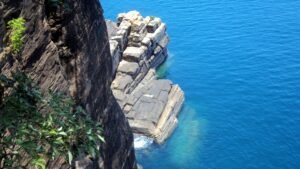
87 comments